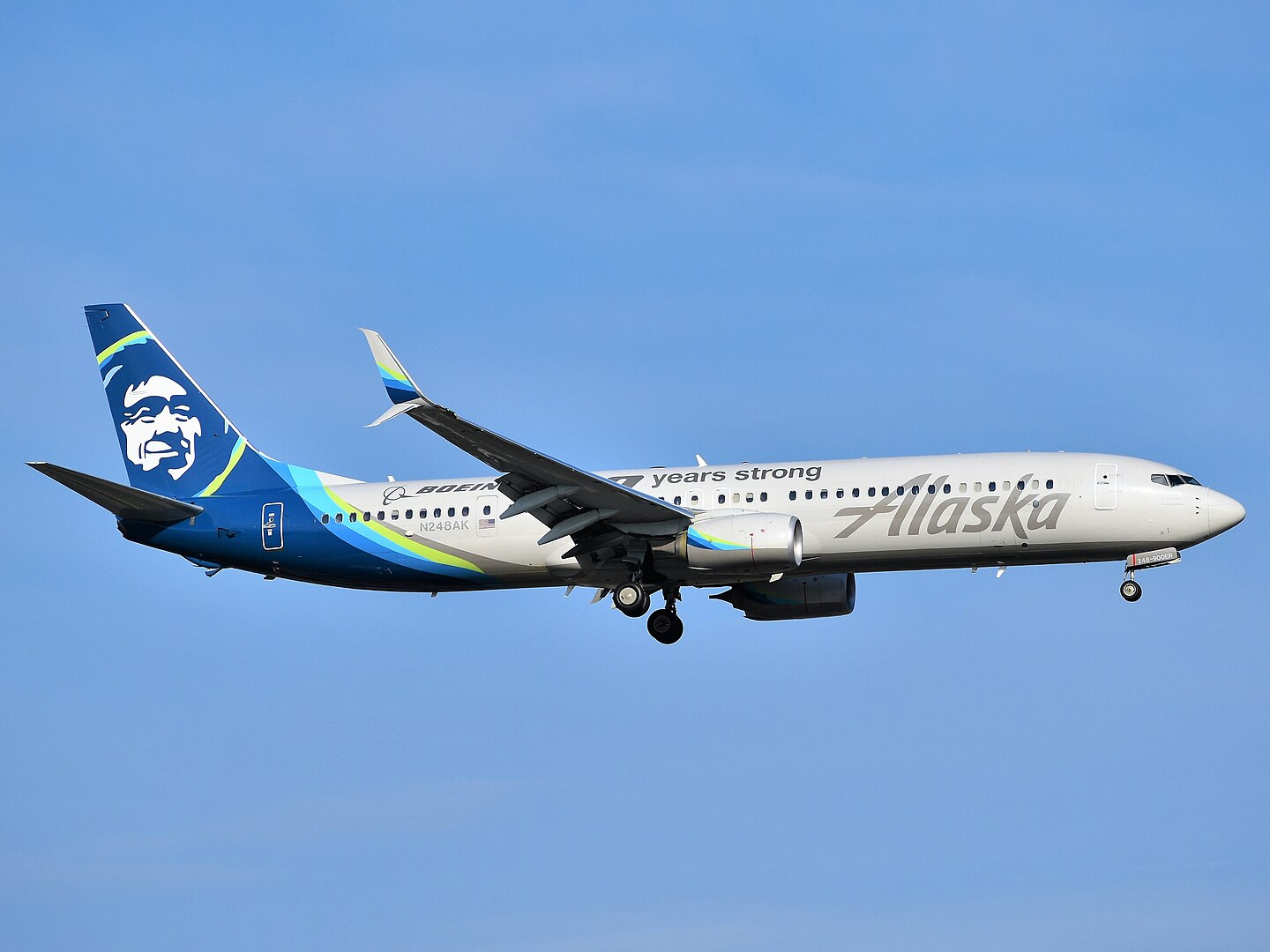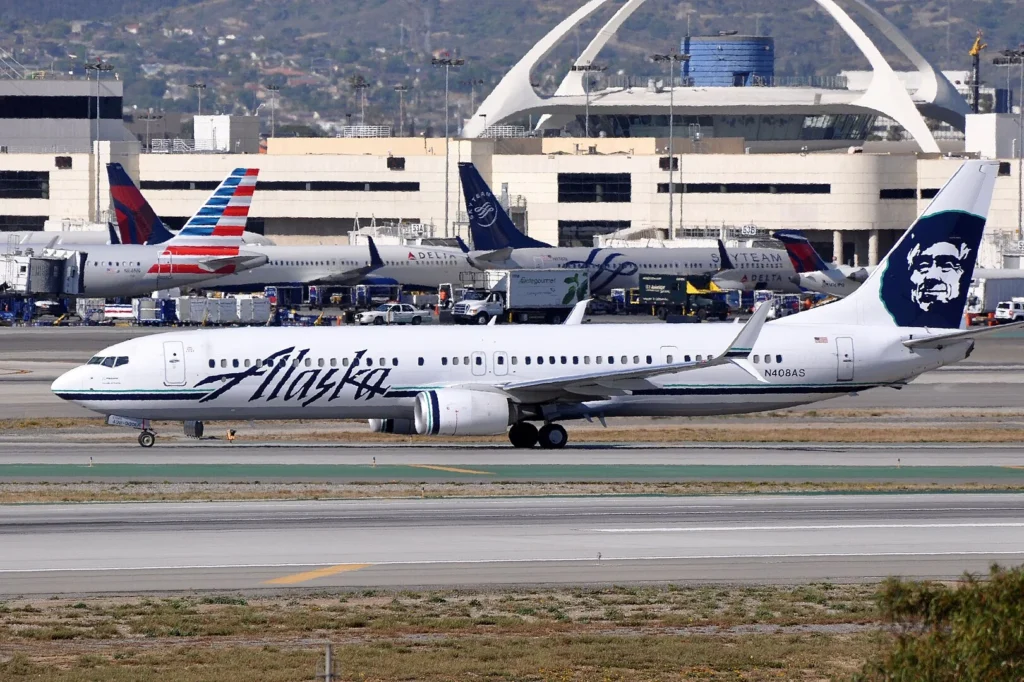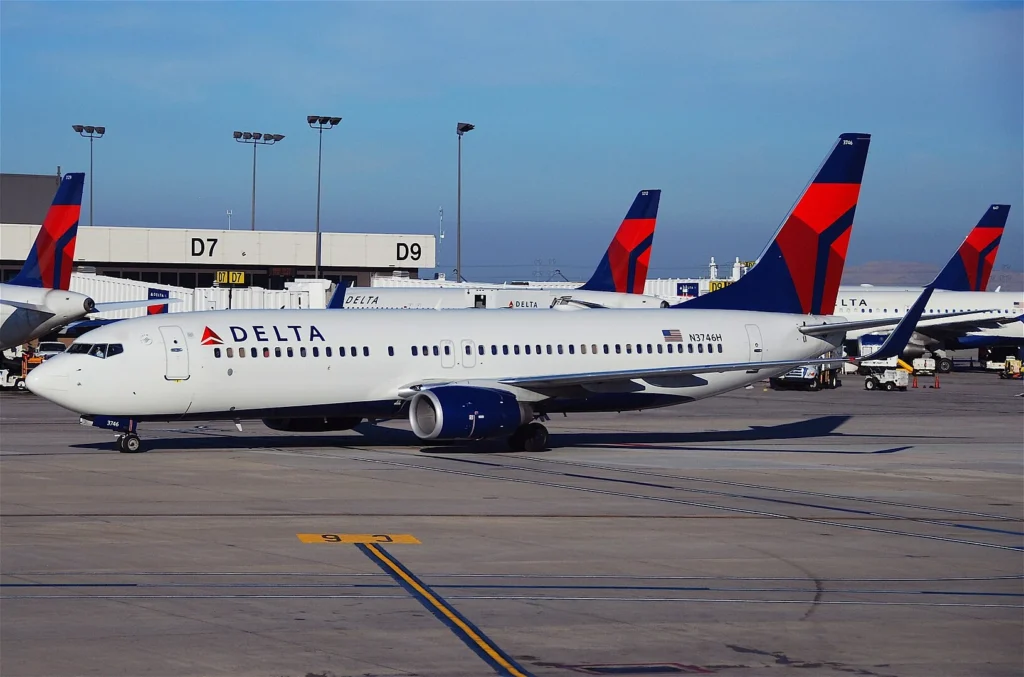Alaska
Child dies after rifle shooting in Southwest Alaska
/cloudfront-us-east-1.images.arcpublishing.com/gray/QZSOV75XOVAHFOIEUODV37CXVQ.jpg)
MOUNTAIN VILLAGE, Alaska (KTUU) – A child in the Mountain Village area died after being shot by another child while playing with Nerf guns, according to the Alaska State Troopers.
According to the Sunday dispatch report, troopers were informed of a dead child by tribal and village police officers in Mountain Village at 1:45 a.m. on June 30.
“AST responded to the scene and the investigation revealed two children were playing with Nerf guns when one of them picked up a rifle and shot the other one,” troopers wrote. “Health aides responded and declared the injured child deceased on scene.”
The State Medical Examiner’s office asked for the remains to be sent to Anchorage for an autopsy. Next-of-kind procedures are complete. The investigation is ongoing.
Alaska’s News Source is awaiting more details from AST.
Copyright 2023 KTUU. All rights reserved.

Alaska
Opinion: The Alaska Railroad needs to finish the Point MacKenzie extension

The Alaska Railroad Corp. has a clear mission: to provide safe, efficient and economical transportation and real estate services that support and grow economic opportunities for the State of Alaska. However, despite decades of operation and hundreds of millions in annual revenue, the ARRC has built no significant new track since Alaska purchased it in 1985. While the railroad thrives on tourism and maintains its infrastructure well, it has largely ignored its most critical responsibility — helping to unlock Alaska’s immense natural resource wealth for the benefit of Alaskans.
President Trump’s 2025 Executive order, Unlocking Alaska’s Extraordinary Resource Potential, underscores what many of us have known for years. Alaska’s oil, gas, critical minerals, timber and coal are not just important to our state economy; they are vital to America’s national security and pivotal to our energy future. The EO directs federal agencies to expedite projects like the Point MacKenzie Rail Spur, a 32-mile rail extension that would connect the Alaska Railroad to Port MacKenzie, one of the deepest-water ports in the state and a future export hub for our resource industries. With 75% of the project already built, including embankments, bridges and culverts, the remaining work is straightforward and shovel-ready. All that’s missing is the will to finish the job.
The ARRC made $250 million in revenue in 2022, generated $39 million in net income and did it all without a dime of operating subsidies from the state. That’s amazing and commendable, especially just a year after the pandemic. But in the process, the railroad has focused disproportionately on maintaining current operations and catering to the tourism industry. Freight, which made up 44% of revenue, remains ARRC’s core competency. It moved nearly 1.5 million tons of gravel in 2024 and continues to support oilfield operations and barge connections to the Lower 48. Yet when coal exports collapsed after 2011, the railroad chose to dismantle the Seward Coal Terminal instead of pursuing new freight corridors to diversify revenue. The lesson is simple: Alaska needs infrastructure that serves the real economy, and serves Alaskans — the owners — not just sightseeing tourists.
Port MacKenzie and the spur that would serve it are central to Alaskans’ future. Located just across Knik Arm from Anchorage, the port has a deep draft, no congestion and 9,000 acres of industrial land ready for development. The rail spur connecting it to Houston is already 75% built, with $184 million invested. The final cost to complete the spur is hotly debated. The ARRC cites a $290 million estimate, but some experts believe it can be done for closer to $100 to $150 million. Regardless, what’s clear is that the return on investment it delivers will far exceed the cost.
This spur is not speculative. It is a strategic necessity. Companies like Trilogy Metals have already committed to shipping copper concentrates from the Ambler Mining District through Port MacKenzie. Timber exporters are eyeing the spur to reduce trucking costs. The $43 billion Alaska LNG project could use it to transport construction materials, pipe and heavy equipment. And coal and fly ash exports could resume through this more efficient port, reducing our dependence on imports and creating jobs in the process. The possibilities are endless.
The spur would also bolster Alaska’s military logistics. Fort Greely, Eielson Air Force Base and Fort Wainwright all rely on the ARRC to transport munitions, Stryker vehicles and other equipment. Completing the spur would shorten transport distances and give the Department of Defense another access point for Arctic defense. In today’s geopolitical environment, rail access to secure ports is a national security issue.
Despite this, the ARRC continues to prioritize projects like the $137 million Seward passenger dock, set to open in 2026. While tourism is important, the revenue it generates is limited, seasonal and often tied to flat-fee contracts with cruise lines. Many passengers travel in privately operated dome cars under “pull” agreements — where the cruise company pays ARRC a set fee to haul its cars — yet those riders may still be included in total passenger counts. This can give a misleading impression of the railroad’s fare-based revenue and economic impact. Alaska’s long-term prosperity lies not in cruise ships, but in our resources.
We need to finish what we started. Completing the Point MacKenzie Rail Spur is the fastest, most cost-effective way to deliver results for the Alaska economy. It aligns directly with Trump’s EO, addresses freight needs, supports national defense, and creates the foundation for job growth in mining, timber, energy and construction. It reduces shipping costs by 32 miles compared with Anchorage, and by 140 miles compared with Seward. That’s a competitive edge Alaska cannot afford to ignore.
The ARRC must remember who it works for. It is a state-owned corporation, funded by public investment, accountable to all Alaskans. Our citizens expect it to grow the economy, not just maintain what already exists. The time for half-measures is over. The Point MacKenzie Rail Spur is ready, relevant and overdue. It is the key to unlocking the next chapter of Alaska’s resource economy, and we must not let bureaucratic inertia or competing port politics stand in the way.
Let’s finish the spur, open Port MacKenzie to full-scale development, and secure Alaska’s place as a global resource and strategic powerhouse. The time to act is now.
Kevin McCabe is the representative for House District 30, which encompasses Point MacKenzie, Big Lake and follows the Parks Highway all the way up to Anderson.
• • •
The views expressed here are the writer’s and are not necessarily endorsed by the Anchorage Daily News, which welcomes a broad range of viewpoints. To submit a piece for consideration, email commentary(at)adn.com. Send submissions shorter than 200 words to letters@adn.com or click here to submit via any web browser. Read our full guidelines for letters and commentaries here.
Alaska
Alaska Airlines Hawaii-Bound Flight Makes U-Turn to Seattle

SEATTLE- An Alaska Airlines (AS) flight bound for Kahului, Hawaii (OGG), was forced to return to Seattle-Tacoma International Airport (SEA) following a mid-air pressurization emergency.
Flight AS825, operated by a Boeing 737-900, was en route to Kahului when it experienced a loss of cabin pressure roughly 220 nautical miles southwest of Seattle at 34,000 feet. The aircraft made an emergency descent and safely landed back at SEA about 90 minutes after takeoff.

Alaska Airlines Makes U-Turn to Seattle
On June 3, 2025, Alaska Airlines Flight AS825 departed Seattle-Tacoma International Airport (SEA) for Kahului International Airport (OGG), flagged by Aviation Herald.
The flight was operated by a Boeing 737-900, tail number N462AS. While cruising over the Pacific Ocean, the flight crew initiated an emergency descent from FL340 to 9,000 feet due to a pressurization malfunction.
The flight diverted back to SEA and landed without incident on Runway 34R.
The Federal Aviation Administration (FAA) confirmed that the crew reported a cabin pressurization issue and returned safely around 11:00 a.m. local time. The agency has launched a formal investigation into the incident.
A replacement aircraft, also a Boeing 737-900 (registration N468AS), resumed the journey to Hawaii and landed at Kahului approximately six hours behind schedule.


Similar Incident
In a related incident earlier this year, Delta Air Lines (DL) experienced a pressurization emergency on Flight DL576.
The aircraft, a Boeing 737-800 (registration N399DA), departed from Mexico City International Airport (MEX) bound for Atlanta (ATL) on April 7, 2025. Shortly after takeoff, the aircraft failed to climb beyond 10,000 feet due to pressurization problems.
Complicating matters, miscommunication arose between the Delta flight crew and Mexico City ATC.
The pilots declared an emergency but also indicated they were not immediately returning to the airport. Their request for vectors to avoid terrain while completing checklists was confusing, especially given the high elevation of MEX (7,300 feet) and the mountainous surrounding terrain.
Key Factors Behind Pressurization Emergencies
- Terminology Misuse: Use of non-standard emergency phrases can delay ATC response.
- Altitude Limitations: High-elevation airports reduce vertical safety margins during emergencies.
- Incomplete Communication: Failing to clearly articulate flight intentions under stress can create avoidable misunderstandings.
- Checklist Protocols: Flight crews often need time and space to complete troubleshooting procedures before executing a return.
Both incidents underscore the critical need for clear, standardized communication and highlight how environmental and technical constraints can quickly escalate emergencies.
Stay tuned with us. Further, follow us on social media for the latest updates.
Join us on Telegram Group for the Latest Aviation Updates. Subsequently, follow us on Google News
Alaska
Former Alaska priest believed kidnapped by terrorist group, Alaska Diocese says

FAIRBANKS, Alaska (KTUU) – A mass was held Tuesday for a former Fairbanks priest who the Diocese of Fairbanks says was kidnapped while on a mission in Africa.
On Sunday, the Catholic Diocese of Fairbanks says it received word from Nigeria that the former Rev. Alphonsus Afina and two companions were taken captive by members of Boko Haram while traveling.
Boko Haram is a self-proclaimed Jihadist militant group that has been designated as a terrorist organization by the United States since 2013.
Afina had spent six and a half years in Alaska, spending his time in service to the villages on the Seward Peninsula. He traveled to Nigeria to help build a trauma center in the country for victims of Boko Haram.
The Diocese held a mass on Tuesday where community members gathered to pray for Afina’s safe and immediate release from captivity.
“The turnout was absolutely amazing,” said Rev. Robert Fath, JCL, Vicar General of the Catholic Diocese of Fairbanks.
“We put word out [Monday], and in less than 24 hours, we had a couple hundred people gathered at the cathedral here in Fairbanks for a mass to pray for Father Alphonsus, other victims of the Boko Haram, that they be given strength and God willing, they be released back to us to continue their mission.”
No other information about Afina’s condition has been made public since Sunday.
See a spelling or grammar error? Report it to web@ktuu.com
Copyright 2025 KTUU. All rights reserved.
-

 Culture1 week ago
Culture1 week agoCan You Match These Canadian Novels to Their Locations?
-

 Politics1 week ago
Politics1 week agoTrump admin asking federal agencies to cancel remaining Harvard contracts
-

 Technology1 week ago
Technology1 week agoThe Browser Company explains why it stopped developing Arc
-

 News1 week ago
News1 week agoHarvard's president speaks out against Trump. And, an analysis of DEI job losses
-

 News1 week ago
News1 week agoRead the Trump Administration Letter About Harvard Contracts
-

 News6 days ago
News6 days agoVideo: Faizan Zaki Wins Spelling Bee
-

 World1 week ago
World1 week agoDrone war, ground offensive continue despite new Russia-Ukraine peace push
-

 Politics5 days ago
Politics5 days agoMichelle Obama facing backlash over claim about women's reproductive health


:quality(70)/cloudfront-us-east-1.images.arcpublishing.com/adn/VERLIMMW2VDANMX4A73IG4I7KM.JPG)
















